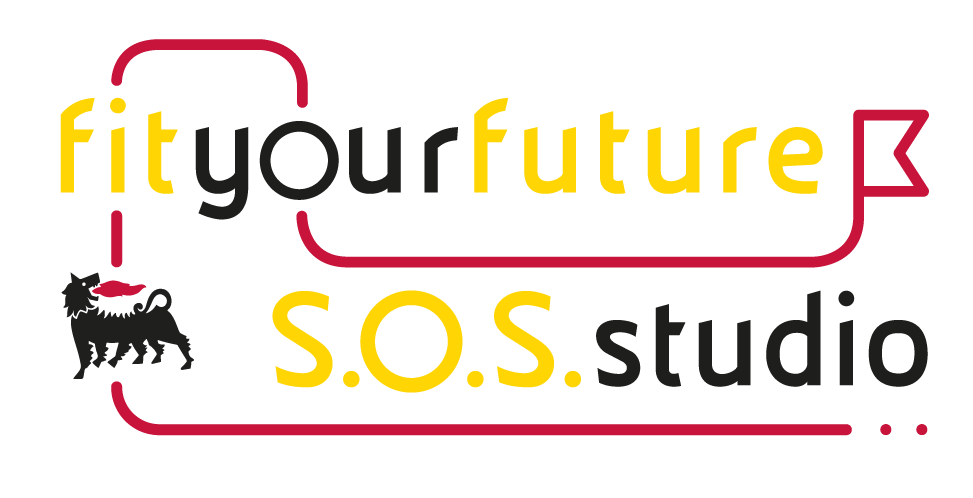The key requirements that must be met by modern POS systems include high and consistent operating speed, reliability, ease of use, remote supportability, low cost, and rich functionality. Retailers can reasonably expect to acquire such systems (including hardware) for about $4000 US (as of 2009) per checkout lane. With its entry price sitting at $69 per month and its average plan costing $119 per month, the POS may exceed the budgets of smaller businesses. But if you’re able to front these fees, it’s sure to provide you with a solid return on your investment.
If you need more than a card reader, however, hardware will be your biggest upfront cost (though some providers do offer the option to pay a higher monthly fee for both software and hardware rental). Mobile POS terminals, which accept card payments and often print receipts and scan barcodes, typically run in the range of around $240 to $630. A full register setup, which could include a customer-facing display in addition to the merchant display, card reader, cash drawer and receipt printer, tends to fall in the range of around $1,200 to $1,800. POS software can range from a free mobile app to a paid plan with advanced features that can include inventory management, detailed business reports and analytics, and table and menu management for restaurants. To make a payment, payment terminals, touch screens, and other hardware and software options are available. Unlike cash registers, POS systems are made up of hardware and software components and they let brick-and-mortar businesses do far more than take payments and process orders.
POS systems that monitor inventory and buying trends can help retailers avoid customer service issues, such as out-of-stock sales, and tailor purchasing and marketing to consumer behavior. The modern-day digital POS terminals are smarter and offer tailored payment experiences that can meet the needs of various organizations. The new age POS systems result in valuable saving of time and efforts while minimizing errors.
POS System Cost
A system like Lightspeed also speeds up the process of ringing up sales, which leads to a better customer experience and a smoother flow of in-store traffic. Connecting your POS system and accounting software can be a powerful combination, because it allows you to surface and manage financial data efficiently. Once the payment is approved, the POS system completes the sale and generates a receipt. Depending on your setup, this could involve printing a physical receipt or prompting the customer to enter their email or phone number so they can just have a digital copy. If they’re paying in cash, then the cashier would simply take the payment, open the cash drawer, put the cash inside and hand the customer their change (if needed).
- On the software and hardware side each tablet on a customer table has to be networked to the cashier POS station and the kitchen computer so that both are continually updated on orders placed.
- Mobile POS terminals, which accept card payments and often print receipts and scan barcodes, typically run in the range of around $240 to $630.
- However, depending on your system’s complexity, an online walkthrough will, in many cases, be sufficient.
- Months or years of data collected can reveal insights that allow managers to execute at a level beyond their own instincts.
POS systems are one of the most complex software systems available because of the features that are required by different end users. Many POS systems are software suites that include sale, inventory, stock counting, vendor ordering, customer loyalty and reporting modules. Sometimes purchase ordering, stock transferring, quotation issuing, barcode creating, bookkeeping or even accounting capabilities are included. Each of these modules is interlinked if they are to serve their practical purpose and maximize their usability.
What Is POS System Hardware?
The immediacy required of the system on the sale window such as may be observed at a checkout counter in a supermarket cannot be compromised. This places much stress on individual enterprise databases if there are just several tens of thousands of sale records in the database. Enterprise database Microsoft SQL Server, for example, has been known to freeze up (including the OS) entirely for many minutes under such conditions showing a “Timeout Expired” error message. Even a lighter database like Microsoft Access will slow to a crawl over time if the problem of database bloating is not foreseen and managed by the system automatically. Therefore, the need to do extensive testing, debugging and improvisation of solutions to preempt failure of a database before commercial implementation complicates the development.
For example, at many restaurants, customers can view menus and place orders on terminals located at their table. In hotels, customers use similar terminals to place orders for room service or to pay hotel bills. Varying POS what is the meaning of pos locations can give retailers more opportunities to micro-market specific product categories and influence consumers at earlier points in the sales funnel. For example, department stores often have POSs for individual product groups, such as appliances, electronics, and apparel. The designated staff can actively promote products and guide consumers through purchase decisions rather than simply processing transactions.
Good POS system features
In most cases, loyalty points are recorded when the sale has been approved and before painting the receipt. The software will then record the purchase data (item name, quantity, etc.) and display the info on the screen. The right setup depends on your needs and the checkout experience you want to provide.
Top 5 POS systems for small-business owners
Most POS systems include a touchscreen monitor, along with all of the devices required to scan products and complete payment transactions. Small businesses use POS (point-of-sale) systems to process payments quickly and securely. Let’s take a look at how POS systems can be used by small businesses to efficiently manage inventory, customer relationships, and sales data. Modern stores have a variety of checkout configurations, but almost all stores will have their main checkout area situated close to the entrance/exits.
Increased Productivity
Manual processes of capturing payments are inefficient and provide limited options. A POS transaction refers to the process of purchasing goods or services through a point of sale (POS) system, such as a POS terminal, tablet, or register. When browsing turns to buying, a POS system can process the transaction seamlessly and help better manage sales, inventory, and customer data.
If each checkout station has a separate queue, customers have to guess which line will move the fastest, to minimize their wait times. They are often frustrated to be wrong or be stuck behind another customer who encounters a problem or who takes excessive time to check out. A Point of Sale (POS) system is a device you can use to log orders and process sales.
He has an MBA from the Tepper School of Business (Carnegie Mellon University) and a Masters in Science in Mechanical Engineering from Marquette University. Originally, it used to be a wired device worked by connecting with a standard telephone line. The data required for the transaction is transmitted in encrypted form over radio waves that establish the connection making the transactions fast and secure. This eliminates the need to swipe or insert the card or even handing over the card to the merchant.
All of the features/benefits of POS technology together help businesses increase efficiency as well as profitability. Before choosing a system for your business, it’s important to learn about POS system components, POS features, how to use a POS system, and what a point of sale system can do for your business. It’s a good option for existing QuickBooks users who want a streamlined POS solution.
Many POS system providers double as credit card processing companies and handle card transactions. These services typically come with additional fees (more on these fees below). As self-checkout technology has progressed, more retailers of all types have included self-checkout as an option, and in some cases, completely replace traditional cashier-operated checkout lines. More modern implementations of self-checkout include scanning items and paying within a retailer’s mobile app, or using RF technology and cameras to detect items at the door and charge the customer’s account automatically.
In addition to all the above features, different industries may require specialized features. For example, restaurants may require hospitality-specific features like menu editing, kitchen-display systems, and detailed inventory management that tracks each individual ingredient required to make the meals. Points of sale (POSs) are an important focus for marketers because consumers tend to make impulsive purchasing decisions on items placed near the register. They place items near the checkout counter that are enticing, convenient, and eye-catching for shoppers. The classic example of this is the candy in the checkout line at the super market. In other types of stores, shoppers might see accessories that complement the business’s core products near the POS system.


0 responses on "What Is a POS System? A Complete Guide to Point of Sale"